I use the same theme to build iOS and Android. But the android version looks weird compared with iOS. The padding of the button(marked with red) on iOS and Android are left:1mm right:1mm top:1.5mm bottom:1.5mm but they look different. The fields have the same issue on both devices. The height ratio of the component on android is more than on iOS.
The button "登入" UIID = "TestButton"
Derive setting
 Padding setting
Padding setting

Button with TestButton Style on Android device- Galaxy A31

Button with object inspector and TestButton Style on Samsung S7 skin
